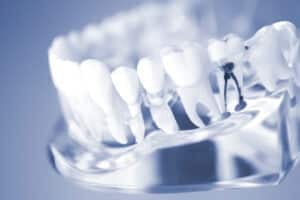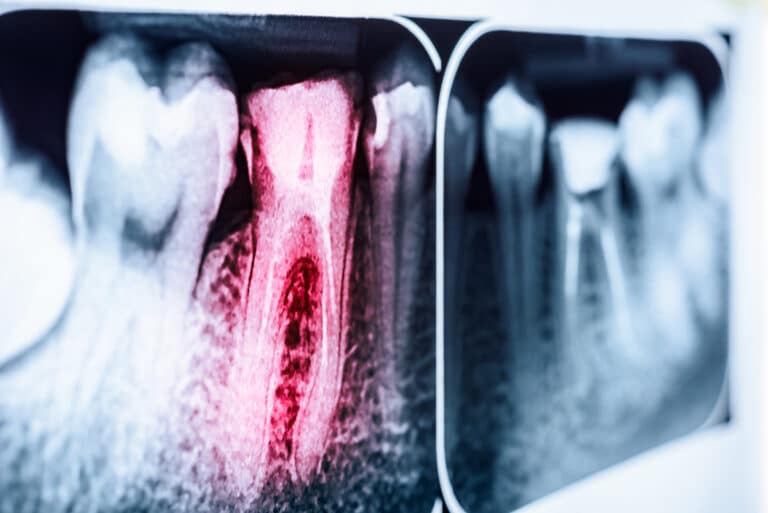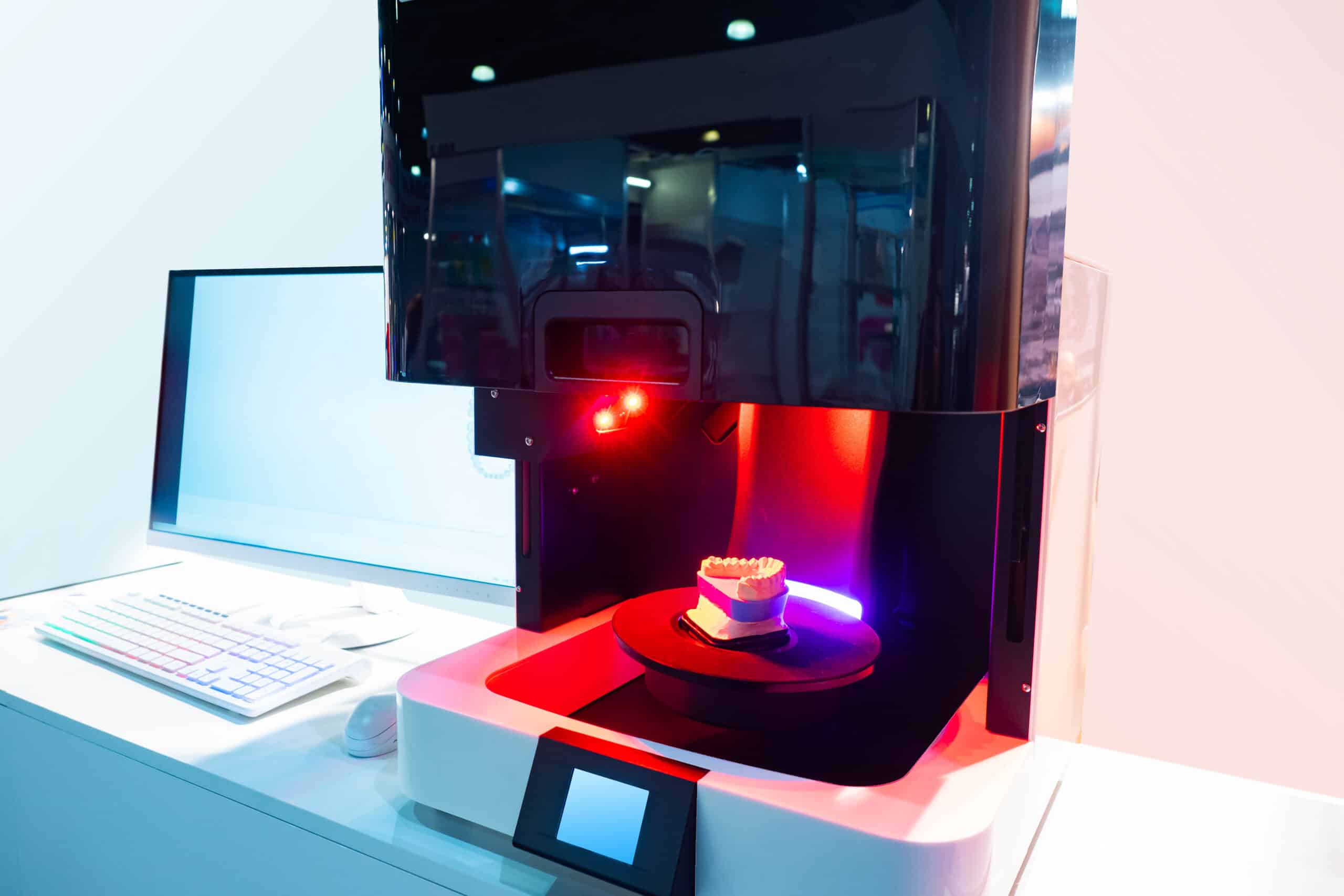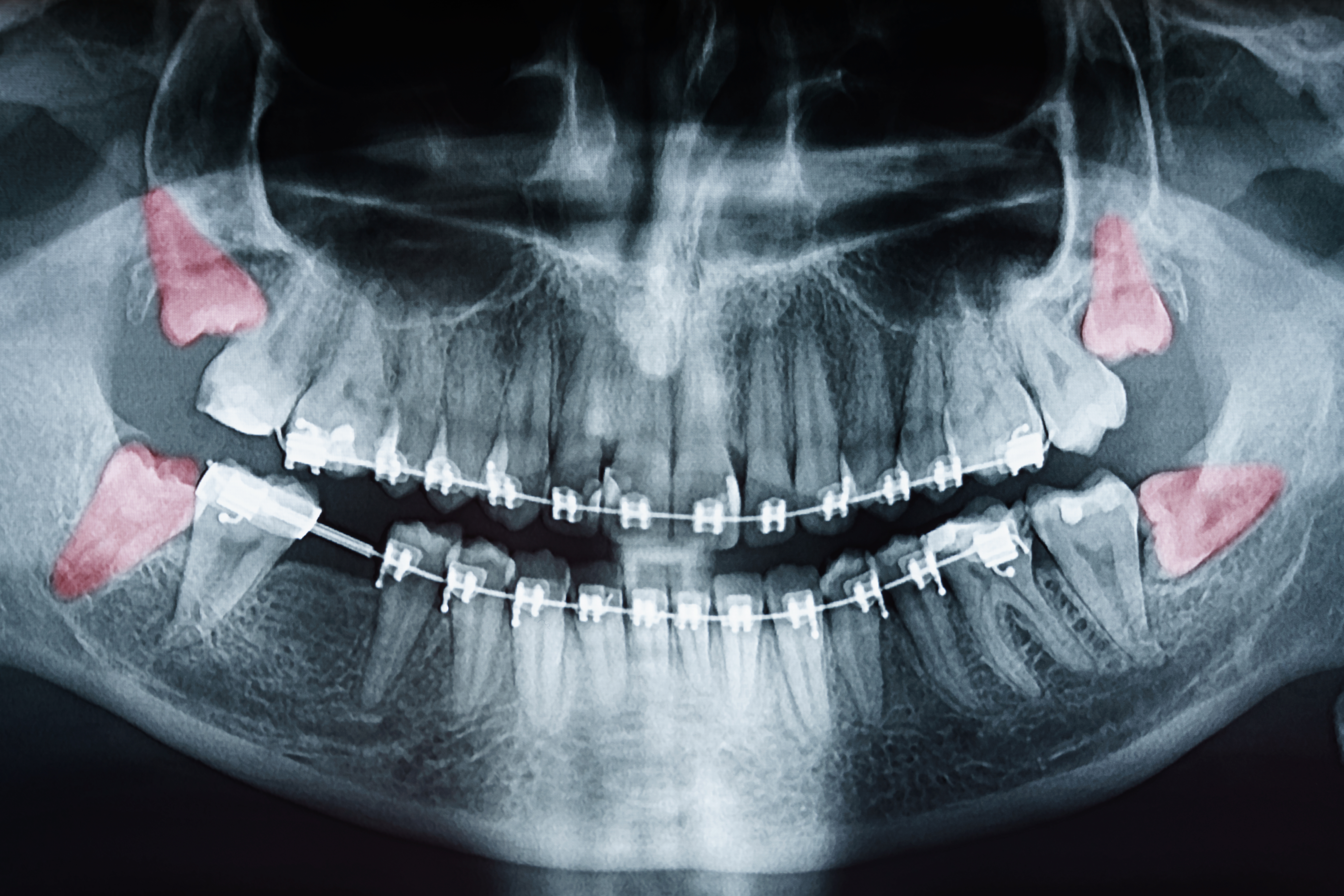The words “root canal” can strike fear in dental patients. The procedure has always been considered one of the more serious types of dental procedures, even though it is quite common.
A root canal is a process of removing an infection from a tooth root. It is a procedure all general dentists are trained to do as it’s considered part of standard practice. However, an endodontist has additional training to diagnose and treat tooth pain.
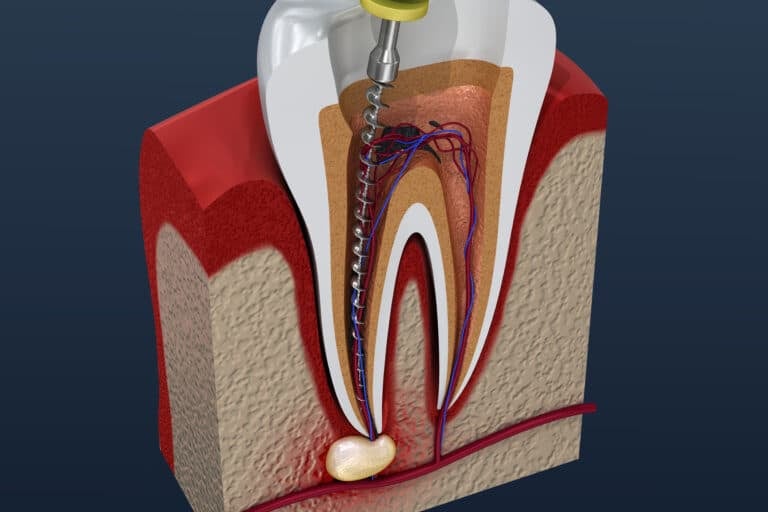
Differences Between Dentists, Endodontists
An endodontist is a dentist but a dentist isn’t always an endodontist. Endodontists are specialists in the dental field. They have more education in anatomy and resolving infection on the tooth’s interior.
Endodontists are also kept up to date on new technology that makes a root canal more effective and easier. Dentists often take additional courses and implement new technology too but there are more requirements on specialists like endodontists.
The Anatomy of a Tooth
Teeth are made up of both hard and soft tissues. Hard tissues are the enamel, dentin, and cementum. The enamel is the outer layer of the tooth and the dentin is a layer of protection underneath the enamel.
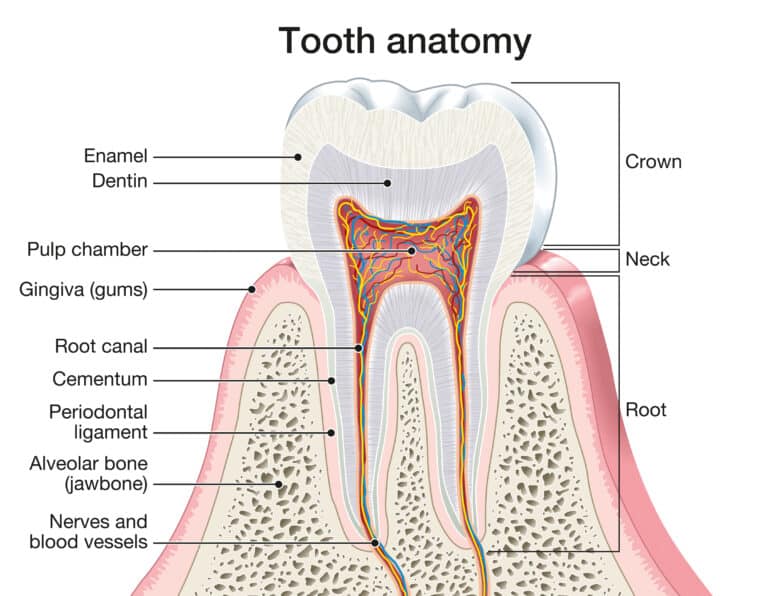
The cementum is a hard tissue layer that covers the tooth’s root. It’s a calcified layer that helps connect the tooth root to ligaments and keeps it in place.
Soft tissues in a tooth made u the final element. It’s the pulp located in the tooth’s center. It’s made up of blood vessels, nerves, and connective tissue. This is why it is painful when it gets infected.
What Is a Root Canal?
Most people don’t know all the details of what a root canal involves. All they know is they are in pain and the procedure will relieve the pain. The pain stems from an infected pulp found inside the tooth. The infection can come from a cracked tooth, a cavity, or some other problem where there was an opening allowing bacteria to enter and grow.
Many times, people start to feel pain when that tooth is sensitive to hot or cold foods or drinks. Sometimes the gum will swell and there can even be abscesses on the gum.
Root canals involve three parts of the procedure. The first part is a diagnosis, the second is removing the infection with the third part covering the tooth to protect it from future infections.
Your dentist or endodontist will first take x-rays of the damaged tooth to see the extensiveness of the infection. This was once done with traditional x-rays, which meant you had to wait 20 minutes or so to get a diagnosis. However, modern technology has given dentists digital x-rays so you can get a solid answer in minutes.
Once that is done, your dentist or endodontist will give you a prescription for pain medicine and antibiotics until you can come back for a root canal, which is usually scheduled pretty quickly. The antibiotics will reduce swelling and infection.
The root canal procedure starts with the dentist or endodontist using a local anesthetic to numb the area. Depending on your anxiety, dentists may also have sedition therapy available.
They may do some initial cleaning of the area to get to the infection. The dentist or endodontist will then use small files one at a time to remove the infected pulp.
The metal files look like small needles but they aren’t needles. You won’t feel any pain but will feel some pressure as the work is done.
These files bend a little but can’t reach all areas of the tooth root so your dentist or endodontist also uses fluid irrigation to flush out all the infection.
A root canal is typically completed in under an hour but complicated cases may take longer. The amount of time it takes depends on the amount of infection and tooth damage.
Your dentist or endodontist will finish removing the infection and start preparing a covering, like a crown or a cap, for the tooth to protect it. An impression will be made of the tooth and the tooth it touches when you bite down. All crowns and caps are custom-made to fit your exact tooth.
There are two ways of creating a custom cap or crown and the method your dentist uses will determine whether you will need to come back for a third appointment. The majority of dentists send the impressions to a lab to create the dental appliance and you will return in a week or two to have it installed.
However, some are adding new digital tech to their offices. That means you can get your cap or crown installed the same day as your root canal.
Your dental care professional will install a temporary crown until you can get your permanent one.
Aftercare for a Root Canal
You may feel a little “off” depending on the type of anesthetic used for your root canal procedure. Those who have a local anesthetic are capable of driving home while those who undergo sedation therapy or nitrous oxide will need someone to drive them.
It’s important to keep the area clean after a root canal procedure. Brush and floss regularly and use a good antibacterial mouthwash.
You may want to be careful what you eat until you get your permanent crown because you don’t want to break the temporary crown. Avoid gum and sticky foods like caramel candy bars.
Temporary crowns are typically more fragile. Another tip is to use the other side of your mouth to chew until you get your permanent crown.
Do You Need a Dentist or an Endodontist?
Dentists are perfectly capable of performing root canals in most cases. Some dentists will refer patients to an endodontist in certain situations because endodontists have specialized skills.
A referral to an endodontist may happen if there are dental injuries if surgery like an apicoectomy is required, if the case is complicated or if the tooth has been the area of a previous root canal.
Talk to your dentist about your specific case and ask about their experience in performing root canals. Your dentist will explain the process and equipment to you so you are comfortable with the procedure.

